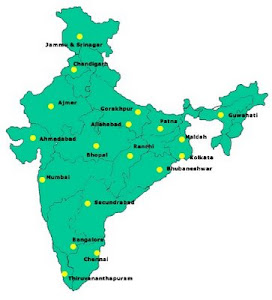0
The Bhopal disaster of 1984 was the worst industrial accident ever. Read the two descriptions of the accident A and B.
Posted in
- A
In the early hours of Dec. 3, 1984, gas leaked from a tank of methyl isocyanate (MIC) at a plant in Bhopal, India, owned and operated by Union Carbide India Limited (UCIL). There is conclusive evidence backed by third party investigation that the tragedy was caused by employee sabotage. The state government of Madhya Pradesh in its official documentation of deaths and injuries reported that approximately 3,800 persons died, 40 persons were with permanent total disability, and 2,680 persons were with permanent partial disability. Studies by India's Council of Medical Research indicate that severe injury to the lung is limited to a small percentage of the population and there is no serious residual eye disease. Medical studies have shown that massive, one-time exposure to MIC has not caused cancer, birth defects, or other delayed manifestations of medical effects. In February 1989, the Supreme Court of India directed Union Carbide Corporation (UCC) and UCIL to pay a total of $470 million in full settlement of all claims arising from the tragedy. The government, UCC and UCIL agreed and the two companies paid in full on Feb. 24. - B
On the night of 2nd/3rd December 1984 40 tonnes of methyl isocyanate (MIC), hydrogen cyanide and mono-methyl amine and other gases leaked from the Union Carbide plant in Bhopal. This deadly cocktail of gases was carried to the neighbouring communities forcing the inhabitants to flee their homes. The gases burned the tissues of the eyes and lungs and damaged almost every system in the body. Of the 500,000 exposed, unofficial estimates are that 8,000 people died in the immediate aftermath of the disaster, with the number of deaths to date put at 16,000. Ten years later the International Medical Commission (IMC) on Bhopal (an independent group of 14 professionals from 11 countries) found significant multi-organ damage such as lung impairment marked reduction in control of limb movements and reduced memory function in the survivors. An estimated 8,000 people died in Bhopal in the first week following the disaster. Union Carbide claimed that reports of victims' deaths were greatly exaggerated and said that the leak only killed 1,408 people. Today The problems are as serious today as they were on the night of the disaster. Over 70% of the exposed population were people earning subsistence wages. An estimated 50,000 are in need of alternative jobs because they can no longer do the physically demanding work that they did before. Less than 100 people affected by the gas have found regular employment under the government scheme. Over 500,000 people were exposed to the toxic gases causing poisons to circulate through their blood streams carrying toxins that caused damage to their eyes; lungs; kidneys; liver; intestines; muscles; brain and reproductive and immune systems. 40% of the women from the severely affected communities who were pregnant at the time of the disaster aborted.
